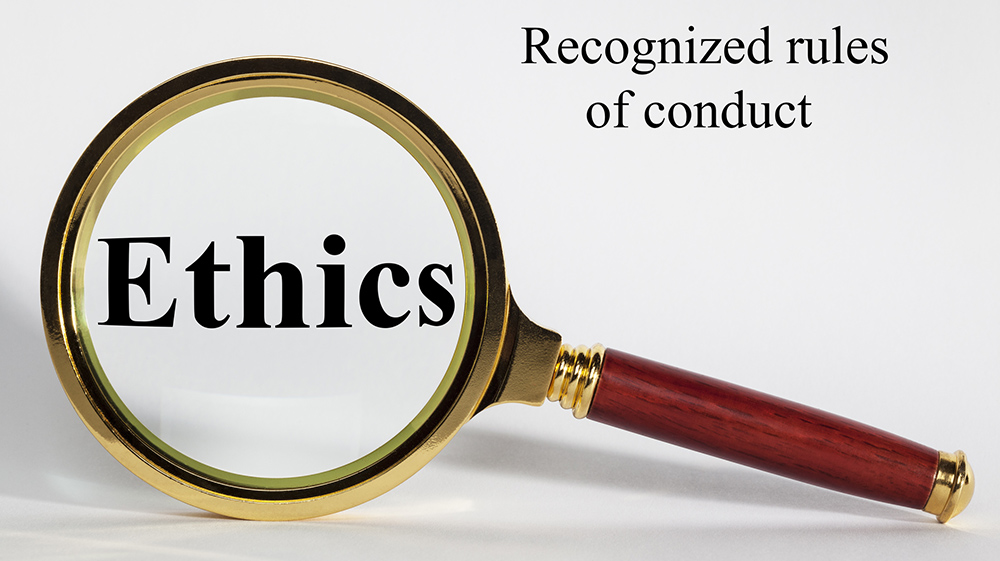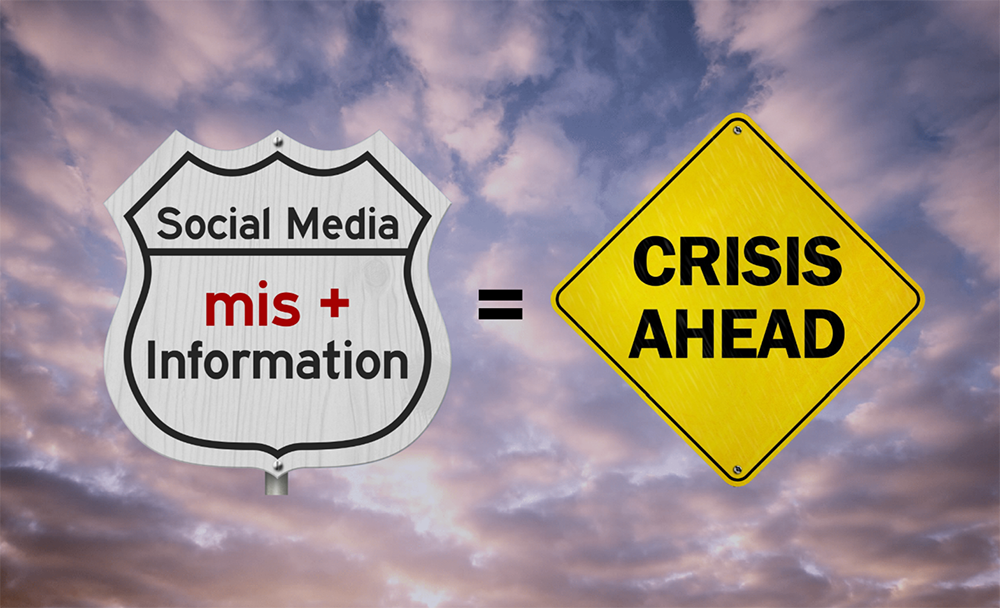
First-rate PR is always solidly rooted in fact. Anything less is not public relations; it’s propaganda. Sure, every profession has bad actors; however, ethical behavior is inherently required in the practice of public relations. By the nature of the profession, PR pros are morally bound to act ethically.
Over the years, we have referenced ethics in many of our blog articles, and at least once per year, we devote an entire article to the topic of ethics. Why? Most public relations organizations have designated September as PR ethics month to promote ethics and remind PR pros of their obligation to act ethically. These articles reference at least a few of the ‘ethics codes’ of PR industry associations in the US and UK.
- Ethics in Public Relations – discussed PR professional values, unethical communication behaviors, and the unethical practice of ‘greenwashing.’
- Why Ethics Matters in Public Relations – challenged the pop culture image of PR, discussed PR’s reputation problem and the five ethical pillars of ethical decision-making.
- Ethics in PR Matters—Especially Now – discussed the connection between ethics and trust, backed by data from the Edelman Trust Barometer and USC Annenberg’s Global Communications report on the evolution of ethics.
This year, I am taking a different tack and sharing some recent research into how global PR trade bodies promote ethical behavior and handle unethical practices. It’s interesting and noteworthy to see how it applies in different countries with different laws, legal practices, codes, and regulations.
State of Ethics Codes in the PR Industry
The London-based Institute of Business Ethics (IBE) released The State of Ethics Codes in the Public Relations Industry: A Global Analysis, which includes analyses of published ethics codes from 24 PR member associations based in a diverse range of nations and cultures on six continents worldwide.
Intending to raise global ethical standards in PR associations, the purpose of this research project was to identify – based on pre-established criteria by the Public Relations and Communications Association (PRCA) Global Ethics Council and the IBE — points of disparity and points of uniformity of PR ethics codes around the world. *A grant from PR veteran Mary Beth West, APR, FPRCA, fully funded the study.
The Institute of Business Ethics incorporated nearly 50 individual criteria points and categorized its PR industry code analysis under various headings. You can download the subsequent white paper and see the complete list of evaluation criteria here. There, you will also find the associations reviewed, the methodology, the analysis structure, and the report’s premise.
The full report white paper is 40 pages long and laden with findings, charts, graphs, and recommendations you can review. Here are just a few of the discoveries that stood out to me:
➢ The IBE found all the associations reviewed offer published codes of ethics that include “honesty” and “accuracy” stipulations. It’s worth noting that 83% could opt to take new, specific measures toward demonstrating “strong elements of good practice” in codifying ethical tenets.

➢ IBE’s analysis of the published ethics codes from 24 PR member associations worldwide found that 54% had significant room for improvement and were ‘ripe for review,’ according to IBE’s LinkedIn post.
➢ The IBE made several recommendations for best practices, including:
- Making the codes more intuitive to locate and read.
- Including a declaration of principles or values at the beginning of the code.
- Writing the rules and providing guidance in a positive, inclusive, and clear (non-legalese) manner.
- Providing examples of ethical challenges and how to address them.
- Enforcing the codes consistently and fairly.
- Updating codes of ethics every three years – and dated accordingly.
The IBE also recommends that PR associations have clear and transparent policies on whistleblowing and anti-retaliation. Also recommended is to provide “speak up channels” where members can discuss ethical issues as they encounter them.
Ethical decision-making
After reviewing some of the organizations on my own, I found the Canadian Public Relations Society (CPRS) offers an excellent tool for ethical decision-making. It’s the CPRS Code of Professional Standards Decision Tree (modeled after a similar one created by CIPR, the UK’s Chartered Institute of Public Relations).

Another great resource for ethical decision-making is the Ethical Voices blog and podcast by Mark McClennan, APR, Fellow PRSA. On his ‘about’ page, he states, “As PR professionals, we are the ethics guardians of our organizations. We regularly face difficult ethical choices. Too often media and TV do not portray us accurately.”
Mark continues, “PRSA and other Associations have codes of ethics, but too often the provisions are too high level or black and white. Many professors are doing great research in this area, but we need more practical advice as well.”
To that end, Mark does a weekly podcast (and blog) with “ethical challenges faced by real communications professionals.” Mark served as the PRSA National Chair in 2016 and launched this venture in 2018 with an interview of Paula Pedene, APR, Fellow PRSA, author of A Sacred Duty: How a Whistleblower Took on the VA and Won.
To wrap it up

The IBE’s report is a valuable resource for PR professionals and associations. It provides insights into the current state of ethics codes in the PR industry and offers guidance on how to improve them. The report also highlights the importance of whistleblowing and anti-retaliation. These are essential mechanisms for ensuring that ethical concerns are raised and addressed.
The IBE’s recommendations are sound and should be taken seriously by PR associations. By following these recommendations, PR organizations can help create a culture of ethical behavior in the industry — and be an example for members and non-member PR pros.
I hope the PR trade bodies reviewed (and those that were not) by the IBE will take its recommendations seriously and make the necessary amendments to their codes of ethics. By doing so, they can help to ensure that the PR industry is a place where ethical behavior is the norm. I would go so far as to say that by doing so, they can help improve opinions and alter misconceptions of those outside the industry — beyond the pop culture stereotypes of ‘spin.’
*A version of this post by Tressa Robbins originally appeared on September 12, 2023, at https://burrelles.com/ethical-standards-in-the-public-relations-industry/ and is cross-posted here with permission.
 In an ever-evolving industry like public relations, good ethics is the communications foundational building block that never changes. Why? One of the main functions of public relations is to build trust and credibility for a particular brand, organization or company. And ethics are paramount to earning trust.
In an ever-evolving industry like public relations, good ethics is the communications foundational building block that never changes. Why? One of the main functions of public relations is to build trust and credibility for a particular brand, organization or company. And ethics are paramount to earning trust. PRSA ethics: PRSA’s Code of Ethics serves to clearly identify “improper public relations practices” and educate members. However, as a volunteer organization, PRSA’s enforcement authority is limited and does not hold sanctioning power. Still, the PRSA Board of Directors “retains the right to bar from membership or expel from the Society any individual who has been or is sanctioned by a government agency or convicted in a court of law of an action that fails to comply with the Code.”
PRSA ethics: PRSA’s Code of Ethics serves to clearly identify “improper public relations practices” and educate members. However, as a volunteer organization, PRSA’s enforcement authority is limited and does not hold sanctioning power. Still, the PRSA Board of Directors “retains the right to bar from membership or expel from the Society any individual who has been or is sanctioned by a government agency or convicted in a court of law of an action that fails to comply with the Code.” Deceptive: Dishonest and misleading messages. For example, euphemisms intended to obscure defects or deeds, deliberate ambiguity, weaponizing truth, concealing or covering up displeasing facts.
Deceptive: Dishonest and misleading messages. For example, euphemisms intended to obscure defects or deeds, deliberate ambiguity, weaponizing truth, concealing or covering up displeasing facts. Greenwashing: Ethics lesson
Greenwashing: Ethics lesson [
[






You must be logged in to post a comment.